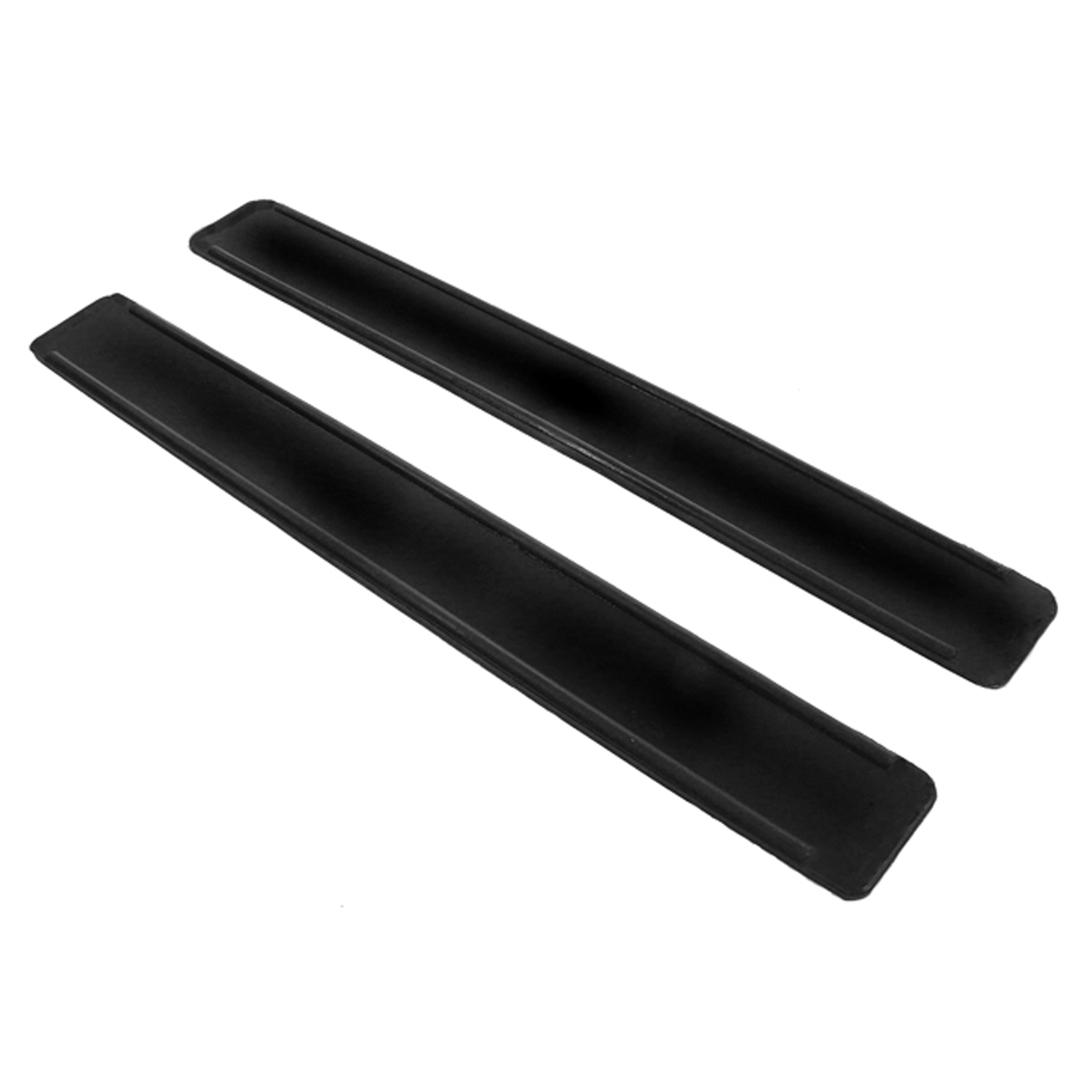Image of 1918 Ford Model T, Note: These illustrations use artistic license and may differ from actual historical models.
Performance Metrics
Fundamental Metrics
Emotional Appeal
MMP Rating
| Engine Specifications | |
|---|---|
| Engine: | 2.9L Inline 4 |
| Displacement: | 177 cubic inches (approximately 2.9 liters) |
| Horsepower: | 20-22 HP |
| Torque: | Not available |
| Compression Ratio: | 4.5:1 (estimated) |
| Ignition System: | Magneto ignition system |
| Cooling System: | Thermosiphon cooling system |
| Performance Specifications | |
| 0-60 Time: | Not applicable (the vehicle was not capable of reaching 60 mph) |
| 1/4 Mile Time: | Not applicable |
| Top Speed: | 40-45 mph |
| Transmission and Drive | |
| Drive Type: | Rear-wheel drive |
| Transmission Type: | 2-speed planetary transmission |
| Fuel and Efficiency | |
| Fuel System Type: | Gravity fed carburetor |
| MPG: | 13-21 mpg |
| Dimensions and Brakes | |
| Brakes: | Mechanical drum brakes (rear only) |
| Wheelbase: | 100 inches |
| Weight: | 1,200 lbs |
Note: Specifications for classic cars are given to the best of our ability, considering the limited and variant data available.
1918 Ford Model T: The Quintessential Classic
The Ford Model T not only revolutionized the automotive industry but also shaped the modern world as we know it. Introduced by Henry Ford's eponymous company in 1908, the Model T became the first mass-produced automobile accessible to the average American, changing transportation forever. By 1918, this iconic vehicle had already cemented its place in history, with its production process being a marvel of efficiency and innovation. A standout moment for the Model T was when it surpassed the 15 million mark in sales, a testament to its overwhelming popularity and reliability.
Design and Innovation
The 1918 Ford Model T's exterior was a study in simplicity and functionality. With its tall, boxy shape and brass-accented radiator, it exuded an air of early 20th-century charm. Inside, the cabin was spartan by today's standards, but it offered durability with materials designed to withstand the rigors of early roads. Technologically, the Model T was ahead of its time with features like its planetary transmission and interchangeable parts. Color options were famously limited—due to quicker drying times, black became the standard, leading to Henry Ford's famous quote that customers could have any color "so long as it is black." The car came in various body styles including touring, roadster, and coupe, with the touring version being particularly popular for its versatility.
Historical Significance
The Model T's impact on automotive design is immeasurable. It introduced assembly line production to car manufacturing, drastically reducing costs and making car ownership a reality for many. Its simple yet reliable design set it apart from other vehicles of the era and has influenced automotive engineering for generations.
Performance and Handling
Performance-wise, the 1918 Model T was modest by modern standards but impressive for its time. With a top speed of around 40-45 mph and an engine that offered around 20 horsepower, it brought mobility to millions. Handling was straightforward with a direct steering system that provided an authentic driving experience. The sound of its four-cylinder engine is unmistakable—a rhythmic chugging that speaks of a bygone era.
Ownership Experience
The Model T was used for everything from daily commuting to cross-country travel. Its maintenance was relatively easy due to its simple design and widespread availability of parts—many owners learned to fix their cars themselves. However, reliability was sometimes an issue due to the primitive roads and lack of modern lubricants and materials.
Fun Facts
The Model T has been owned by countless celebrities over the years and has appeared in numerous films. It held records for sales that stood for decades and has been involved in countless historical events as one of the first global cars.
Collector's Information
Today, a well-preserved 1918 Ford Model T can fetch anywhere from $10,000 to $25,000 depending on condition and originality. It's estimated that over 15 million units were produced until production ended in 1927. The car's value has generally appreciated over time as interest in antique automobiles grows.
Conclusion
The 1918 Ford Model T is not just an automobile; it's a rolling piece of history that represents innovation, accessibility, and the democratization of mobility. Its legacy is evident in every modern vehicle on the road today—a true testament to Henry Ford's vision.
1918 Ford Model T Catalog of Parts
 1918 Ford Model T Door Opener Gasket. 7/8" wide X 3-3/4" long X 5/16" high-RP 24Door Opener Gasket. 7/8" wide X 3-3/4" long X 5/16" high. Each
1918 Ford Model T Door Opener Gasket. 7/8" wide X 3-3/4" long X 5/16" high-RP 24Door Opener Gasket. 7/8" wide X 3-3/4" long X 5/16" high. Each 1918 Ford Model T Gas Tank Strap Cushions-RP 25Gas Tank Strap Cushions. Two pieces, 11" long x 1-7/16" wide. Pair
1918 Ford Model T Gas Tank Strap Cushions-RP 25Gas Tank Strap Cushions. Two pieces, 11" long x 1-7/16" wide. PairWhy Choose Metro?
For over 100 years, Metro Moulded Parts has been the pinnacle of quality in classic car restoration parts. Our commitment to precision and authenticity in every component ensures a perfect fit and an OEM-level appearance.
- Expert Craftsmanship & Quality: Each part is a testament to our dedication to reliability and perfection, crafted from original designs and thoroughly tested.
- Advanced Technology: We use cutting-edge techniques to create flawless, long-lasting parts that surpass others in performance.
- SuperSoft Sponge – The Ultimate Door Seal: Not only are our door seals 30% softer than competitors', but they're also guaranteed to never leak. They effectively reduce wind and road noise, enhancing your classic car's comfort and driving experience.
- Proudly American: Our parts are a product of American craftsmanship, made in the USA with a spirit of excellence and heritage.
- Unrivaled Warranty: We back our products with a 30-year industry-leading warranty, a testament to our confidence in their quality.
Join us in preserving the legacy of classic cars with parts that are crafted for perfection, not just made.

